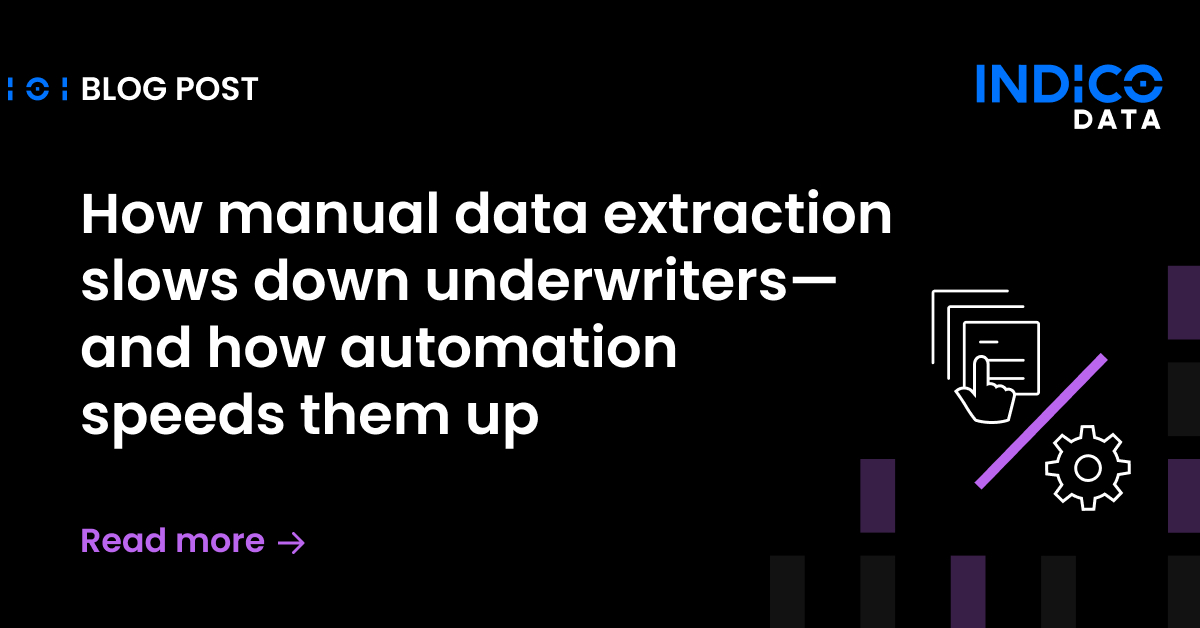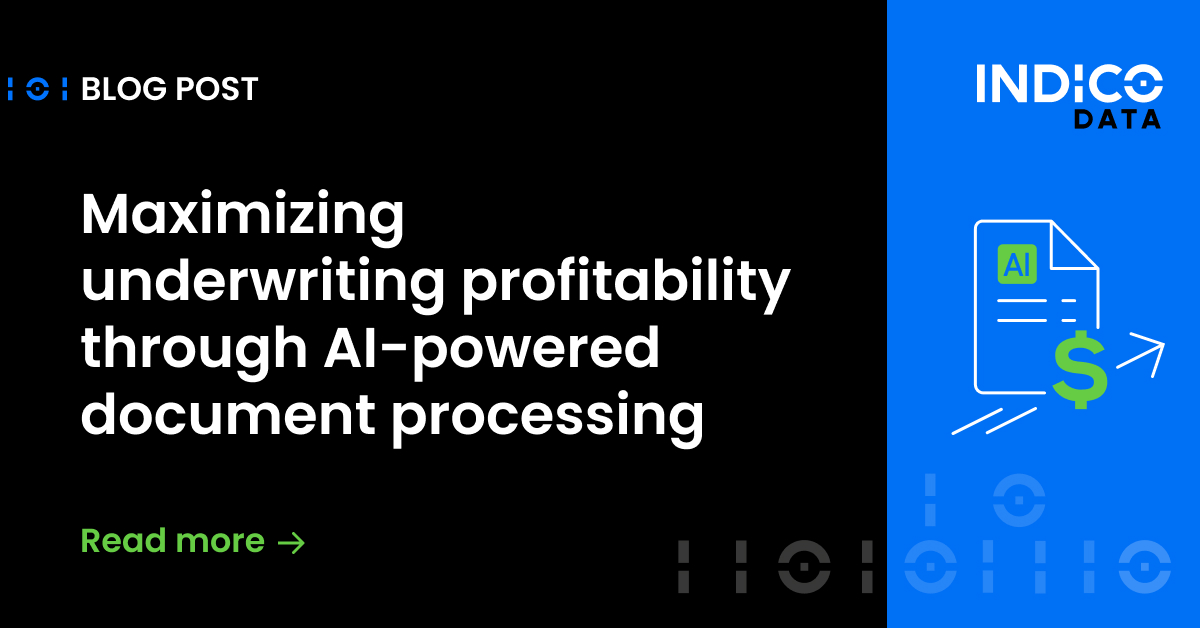The integration of intelligent document processing (IDP) with existing systems can revolutionize your company’s document management strategy and significantly enhance efficiency and accuracy—but what are the best ways to implement this technology? This comprehensive guide will walk you through the steps to successfully integrate IDP into your business’s workflows, offering practical tips and best practices to help ensure a seamless transition and the best possible results.
Understanding the importance of IDP integration
Integrating intelligent document processing with your existing systems offers numerous benefits, including increased efficiency, reduced manual processing time, and improved data accuracy. By automating document workflows, businesses can focus on strategic tasks and enhance decision-making processes. This IDP integration guide will help you navigate the complexities of implementing IDP solutions, ensuring a smooth transition and maximum return on investment.
Related content: The future of Intelligent Document Processing: trends and predictions
Assessing your intelligent document processing requirements
Before diving into the integration process, it’s crucial to assess your current document processing requirements. Understanding the specifics of your data (its format, volume, and frequency) will guide you in selecting the right IDP solution. That’s why we’re starting off our IDP integration guide with this section—all about setting you up for success before beginning the implementation stage.
Identify data processing needs
Before integrating intelligent document processing, it is crucial to understand your data processing requirements. Consider the format of your data—whether it is structured or unstructured—and the volume and frequency of data that needs to be automated. Identifying these factors will help you choose the most suitable IDP solution for your organization.
Target high-impact datasets
Evaluate which datasets would benefit most from automation. Focus on documents that typically require significant manual processing time, such as invoices, contracts, and customer forms. By targeting these high-impact areas, you can achieve substantial efficiency gains and cost savings.
Compare IDP solutions
There are various IDP solutions available, each with different features and capabilities. Some IDP systems can seamlessly integrate with other software, such as sales funnels and intake systems, to automate document workflows. Compare different options to find the one that best meets your needs and integrates smoothly with your existing systems.
Key steps for successful intelligent document processing integration
Integrating IDP into your existing systems involves a series of strategic steps to ensure a successful implementation. From assessing document types and workflows to ensuring system compatibility and providing thorough training, this section outlines the critical actions needed to achieve effective IDP integration.
1. Assess document types and workflows
We advise that you start off the IDP integration process by thoroughly assessing the types of documents your organization handles and the workflows that it’s involved in. Identify specific pain points and inefficiencies in your current processes while taking note of the areas that likely won’t be good candidates for automation. You may find that your company needs to spend a significant amount of time here if there isn’t a clear picture of your internal business and data processes yet. This assessment will help you target the areas where IDP can make the most significant impact.
2. Implement in phases
This is one of the most important tenets in our IDP integration guide. To ensure a successful IDP integration, it’s important to implement the system in phases. Begin with a small pilot project to test and refine the IDP solution before rolling it out fully. This phased approach allows you to identify and address any issues early on, minimizing disruptions to your operations and maximizing efficiency in the long run.
3. Ensure system compatibility
A critical aspect of integrating Intelligent Document Processing is ensuring compatibility with your existing systems. The IDP solution you choose should seamlessly integrate with your current software to avoid data silos, making sure you can leverage your existing data effectively. This integration enables a unified workflow and enhances overall efficiency.
4. Train users and IT staff
Training is essential for the successful adoption of IDP technology. Ensure that both users and IT staff are well-versed in using your new IDP system. Training sessions should cover the system’s functionalities, troubleshooting techniques, and best practices for maximizing its benefits.
5. Monitor system performance
This is another key step to practice over the long term: once the IDP system is implemented, continuously monitor its performance to ensure it meets your efficiency and accuracy goals. Regular monitoring will help your company identify any areas that need improvement and make sure your system operates optimally.
6. Collect user feedback
Gathering feedback from key users is crucial for optimizing any IDP system. Regularly ask for feedback from those who interact with the system daily to identify improvement opportunities. This feedback loop helps refine workflows and enhances user satisfaction, both of which will benefit everyone involved at your company.
7. Prioritize data security and compliance
Finally, data security is extremely important when integrating intelligent document processing, as is regulatory compliance. Ensure that your IDP solution complies with relevant laws and has robust security measures in place to protect sensitive information. Prioritizing these essentials will help you maintain trust and avoid legal complications.
Overcoming common Intelligent Document Processing integration challenges
Integrating intelligent document processing can come with its share of challenges. This section addresses common obstacles such as handling diverse document types, ensuring data extraction accuracy, and processing large volumes of data. Learn how to tackle these issues effectively to execute a smooth and efficient IDP system integration.
Handling diverse document types
One of the largest challenges in integrating intelligent document processing is managing diverse document types, such as PDFs and scanned images. To address this, you can use optical character recognition (OCR) technology, which accurately interprets and converts various document formats into machine-readable text. Additionally, natural language processing (NLP) algorithms can help with contextual understanding, further enhancing your IDP system’s capabilities.
Ensuring data extraction accuracy
Accurate data extraction is critical for effective decision-making. Implement machine learning models that can be trained with your specific data to improve extraction accuracy to minimize errors and maximize the efficiency of your IDP solution. We suggest spending as much time as needed on this at the start of your implementation process—it will increase efficiency in the long run.
Managing handwritten documents
Integrating intelligent document processing with systems that handle handwritten documents can be challenging. To address this, we suggest that you simply employ handwriting recognition software, which uses neural networks to read and interpret different handwriting styles. This technology ensures reliable data extraction from handwritten documents, enhancing the overall effectiveness of your IDP system.
Processing large volumes of data
For organizations dealing with large volumes of data, cloud-based IDP solutions offer scalability and flexibility. Cloud-based systems can handle significant data processing loads without the need for extensive on-premises infrastructure, making them an ideal choice for businesses with high data processing demands.
Related content: Unpacking the Everest Group IDP Report: Indico listed as insurance IDP leader
Best practices for integrating intelligent document processing
Implementing best practices is crucial for the successful integration of IDP systems. This section outlines essential strategies like assessing your company’s needs, making a plan, and prioritizing security. Adhering to these practices will help you achieve seamless IDP integration and maximize its benefits.
Conduct a thorough needs assessment
Before selecting an IDP solution, conduct a comprehensive needs assessment to understand your specific requirements. This assessment should include evaluating the types of documents you process, identifying pain points in your workflows, including inefficiencies and opportunities for automation; and determining the volume and frequency of data processing needs.
Choose the right IDP solution
Select an IDP solution that aligns with your business needs and integrates seamlessly with your existing systems. Consider factors such as the solution’s compatibility, scalability, and the level of support provided by the vendor. For example, some options are more flexible than others with unstructured data or with the types of platforms they’re compatible with.
Develop a clear implementation plan
A well-defined implementation plan is crucial for successful IDP integration. Outline each phase of the implementation process, including timelines, responsibilities, and key milestones. This plan should also include a strategy for managing change and evaluating success throughout each phase.
Prioritize user training and support
Invest in comprehensive training programs to ensure your users are comfortable with the new IDP system. Provide ongoing support to address any issues and help users maximize the system’s benefits. Effective training and support are critical for driving internal user adoption and achieving successful integration.
Monitor and optimize performance
Regularly monitor the performance of your IDP system to ensure it meets your goals for efficiency and accuracy. Use performance metrics to identify areas for improvement and optimize workflows continually. This proactive approach helps maintain the system’s effectiveness and ensures it continues to deliver value.
Ensure robust data security
Data security should be a top priority when integrating any level or type of intelligent document processing. Implement strong security measures, such as encryption and access controls, to protect sensitive information. Ensure compliance with relevant regulations to avoid legal issues and maintain customer trust.
Unlock the full potential of intelligent document processing integration
Integrating intelligent document processing with your existing systems offers significant benefits, including increased efficiency, reduced manual processing time, and improved data accuracy. By following the steps outlined in this IDP integration guide, you can ensure a smooth transition and maximize the return on your investment.
Remember to conduct a thorough needs assessment, choose the right IDP solution, and develop a clear implementation plan. Then, prioritize user training, monitor performance, and ensure robust data security to protect sensitive information. With the right approach, intelligent document processing can transform your document workflows and drive business success.
Subscribe to our LinkedIn newsletter.
Frequently asked questions
- What are some specific IDP vendors or solutions recommended for different types of businesses? For small to medium enterprises (SMEs), solutions like UiPath Document Understanding and ABBYY FlexiCapture are highly recommended due to their user-friendly interfaces and cost-effectiveness. Large enterprises might find IBM Datacap and Kofax TotalAgility more suitable as they offer robust features and scalability, which are ideal for handling large volumes of documents and complex workflows. For industry-specific needs, Hyperscience is an excellent choice, particularly for sectors like finance and insurance, focusing on documents such as loan applications and insurance claims.
- What are the costs associated with implementing an IDP system, and how can businesses budget for it? The costs of implementing an IDP system can vary widely depending on the solution and the scale of implementation. Software licenses can range from a few thousand to several hundred thousand dollars annually, depending on the vendor and the features included. While cloud-based solutions can help minimize hardware costs, on-premises solutions may require significant investments in servers and storage. Additionally, professional services for setup, customization, and integration can add to the overall cost, typically ranging from $10,000 to $100,000. There are also ongoing costs for training users and maintaining support contracts. To budget effectively, businesses should assess their document processing needs, choose scalable solutions that can grow with their demands, and consider the total cost of ownership over time.
- How can businesses measure the ROI of their IDP implementation? Businesses can measure the ROI of their IDP implementation by tracking several key metrics. Efficiency gains can be measured by the reduction in manual processing time and the number of documents processed per hour. Cost savings can be calculated from reduced labor costs and decreased error rates, which lead to fewer reworks. Improvements in data accuracy and its impact on decision-making and compliance can also be significant indicators of ROI. Evaluating how well the system handles increased document volumes without a proportional increase in costs demonstrates scalability benefits. Lastly, surveying users for their satisfaction with the new system and any perceived improvements in their workflow can provide valuable insights into the overall effectiveness of the IDP implementation.


